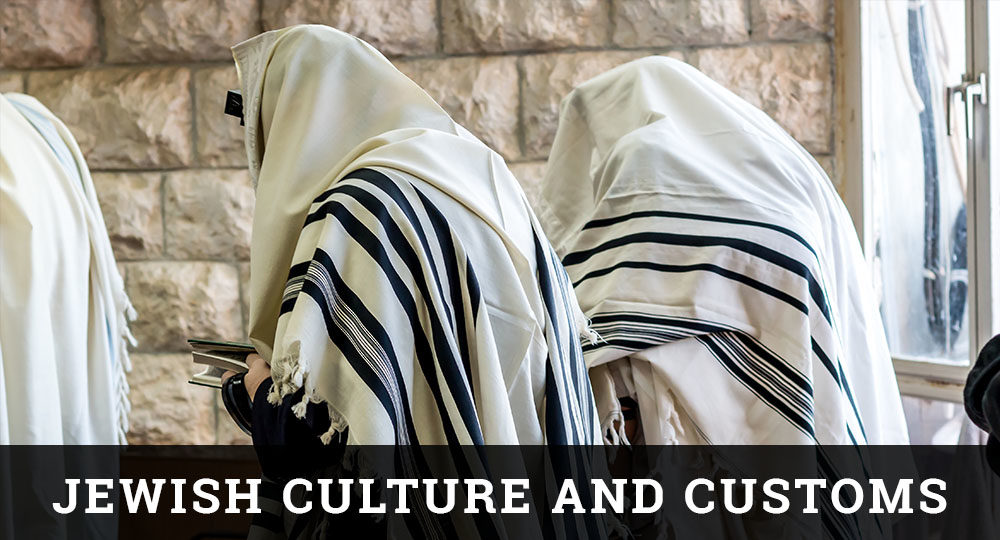The Tattoo Is Taboo
Our neighborhood boasted a penny candy store ingeniously located on my route to school. In addition to the tempting and inexpensive candy, one of the most popular items in the store was the individualized tattoo. The shopper had a choice of several different kinds of these water-soluble tattoos. Animals, superheroes, and cartoon characters were just a few of the varieties. They were easily applied to the body. First, the wrapper was carefully opened, then the location of the tattoo was determined and moistened, whereupon the tattoo was held on the area for a few minutes. Then, voila! Instant tattoo!
I must admit that my parents were not taken with the idea of their children displaying colored pictures on their arms and legs, although they tolerated our whims. From time to time, I felt it necessary to defend my using them. I didn’t think it was such a big deal because, after all, they were not permanent markings. My father would respond by telling me about his war days and the many men he knew who acquired real tattoos. He impressed upon me the fact that real tattoos are painful to have put on, don’t come off (easily, that is), and can quickly go out of date. Then my mother would chime in with the final argument: “Jewish people don’t do those things to their bodies—voluntarily” (undoubtedly a reference to the Holocaust, when millions of Jewish people bore numbers tattooed on their hands or stomachs).
Today, my parents are observing a lot more than removable tattoos on children. They see young people making fashion statements by displaying real tattoos, piercing their bodies in peculiar places, and dying or shaving their heads. These things have left my parents somewhat bewildered, wondering if they have become outdated models.
The truth is, there’s nothing new under the sun! These phenomena are not recent at all, the new invention of some cutting-edge fashion guru. These things have existed for thousands of years, and Judaism—biblical (that which is spoken about in the Bible) and rabbinical (that which the rabbis teach)—has been teaching against them.
People groups as far back as the ancient Egyptians have marked their bodies with tattoos, cut crooked marks into their skin, and shaved their heads—much of it as part of pagan ritualistic worship. The Torah stands against such things, as the Lord specified to Moses in the law, clearly stating, “Ye shall not shave around your temples; neither shalt thou mar the corners of thy beard. Ye shall not make any cuttings in your flesh for the dead, nor tattoo any marks upon you: I am the Lord” (Lev. 19:27–28). Deuteronomy 14:1 further warns against cutting the body, a practice the 450 false prophets of Baal performed as they dueled Elijah to determine whose God was more powerful.
There are other fashion statements that would not be embraced by Orthodox Judaism. One example concerns shaven heads. Men are forbidden to shave their heads because it is outlawed in Leviticus 21:5. Hasidic women, on the other hand, do shave their heads. This takes place upon marriage and is based on Deuteronomy 21:12, interpreted as a change in a woman’s status from single life to married life (Jewish Book of Why, p. 171). After an observant Jewess marries and shears her head, she would never dream of exposing it in public. A woman with an exposed shorn head would bring shame upon herself. The public display of a woman’s shorn head is associated with cultic practices long ago carried out by pagan temple prostitutes. To maintain their modesty, Hasidic women wear wigs or cloth head coverings.
Also forbidden are body piercing and men dying their hair, specified in Leviticus 19 and in the rabbinical interpretation of Deuteronomy 22:5. The rabbis forbid men to identify with anything that has feminine connotations.
There are further commands by God that set His chosen people apart from others. Hasidic males grow long locks on the “corners” of their heads. These distinctive, thick tufts of hair are called payot. In addition, many Jewish males grow beards, which are regarded by the sages and scholars as a sign of maturity and piety.
Maimonides cited five specific areas of the face that are not to be shaved. They are both sides of the head by the ears, both sides of the chin, and the peak of the chin. Knowing the Orthodox Jewish position on this issue provides a compassionate insight into the degradation that bearded Jewish men must have suffered during World War II when the Nazis forced many to be shaved in public.
Another distinction of the Orthodox Jewish male is the use of a head covering. While Gentile propriety is demonstrated by a man’s removing his hat upon entering a building or in the presence of a lady, Jewish teaching compels men to demonstrate respect to God at all times by keeping their heads covered.
Old Testament Scripture teaches that the high priest had his head covered as part of his special attire. This covering, called a miter, was probably a wrap-type cloth that went around his head, similar to a turban. In his book, The Jewish Book of Why, Alfred Kolatch quotes Babylonian talmudic scholar Huna ben Joshua, who said, “I never walked four cubits with uncovered head because God dwells over my head” (Kiddushin 31a, p. 21). Yet, there is no scriptural reference to a man, other than the high priest, covering his head.
In the ancient world, Roman citizens had their heads uncovered, while all Roman slaves had their heads covered. In keeping with Judaism’s teaching of distinctiveness and separation, many Jewish men believe there is greater piety when the head is covered. “Cover your head so that the reverence of Heaven be upon you” (To Be a Jew, p. 180, quoting Shabbat 156b). Thus, the head covering became part of Judaism around the fifth century A.D., serving as a reminder that God reigns above man at all times. This covering is called by different names. In English, it is called a skullcap; in Hebrew, a kippah. It is probably best known by the Yiddish word yarmulke.
Today, Jewish people are debating whether or not a head covering is required at all. Orthodox men are still required to cover their heads at all times, while men in conservative congregations use head coverings only at their services. Reform Jews require no head covering at all. In many synagogues, extra yarmulkes are made available for men who arrive without them. In Israel at the holy sites, cardboard yarmulkes are handed out so that all men may show the respect due in such auspicious places.
In our age of high visibility, there seems to be an invasion of body degraders. It should be clearly understood that these issues have been dealt with from a Jewish—particularly an Orthodox Jewish—point of view. Believers are not under the law but are under grace, regardless of our “BC” (before Christian) days. The New Testament makes it clear that the law is holy, just, and good (Rom. 7:12). It also clearly states that the body is the temple of the Holy Spirit. It behooves us, therefore, to view fashion with a discerning eye. Let us all be on guard for any compromise of our bodies, which house our eternal beings.







